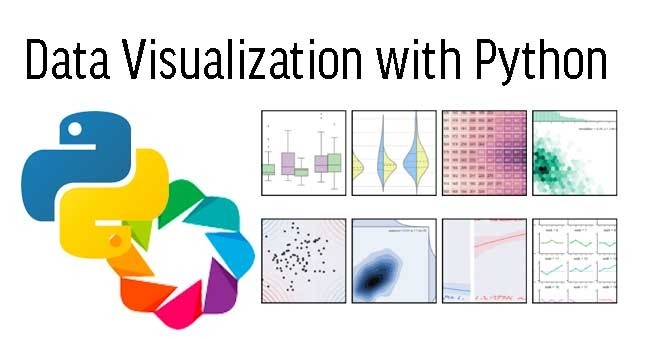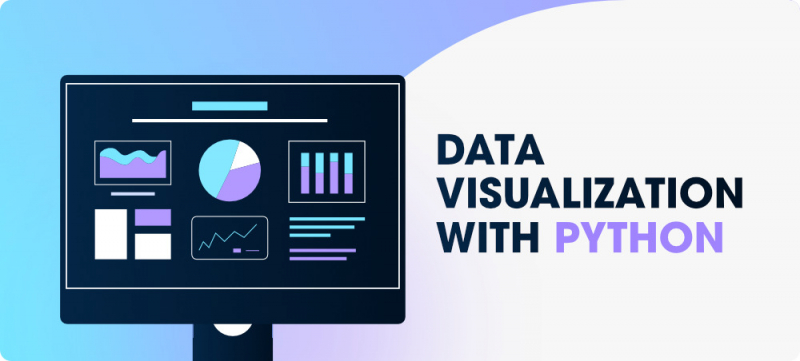Data Visualization with Python
The ability to tell a compelling story by visualizing data and findings in an approachable and stimulating manner is one of the most important skills of successful data scientists and data analysts. This course will teach you a variety of techniques for effectively visualizing both small and large-scale data. You will be able to take data that appears to have little meaning and present it in a way that conveys insights.
This course will teach you how to use many different Data Visualization tools and techniques. You'll learn how to make Waffle Charts, Area Plots, Histograms, Bar Charts, Pie Charts, Scatter Plots, Word Clouds, Choropleth Maps, and many more! You will also create interactive dashboards that will help even those with no Data Science experience understand data and make more effective and informed decisions.
You will learn by doing numerous labs and a final project that will allow you to practice and apply the various aspects and techniques of Data Visualization using Jupyter Notebooks and a Cloud-based IDE. In Python, you will use several data visualization libraries, including Matplotlib, Seaborn, Folium, Plotly, and Dash.
What you will learn:
- Implement data visualization techniques and plots using Python libraries, such as Matplotlib, Seaborn, and Folium to tell a stimulating story
- Create different types of charts and plots such as line, area, histograms, bar, pie, box, scatter, and bubble
- Create advanced visualizations such as waffle charts, word clouds, regression plots, maps with markers, & choropleth maps
- Generate interactive dashboards containing scatter, line, bar, bubble, pie, and sunburst charts using the Dash framework and Plotly library
Google Rating: 4.5/5.0
Enroll here: coursera.org/learn/python-for-data-visualization












